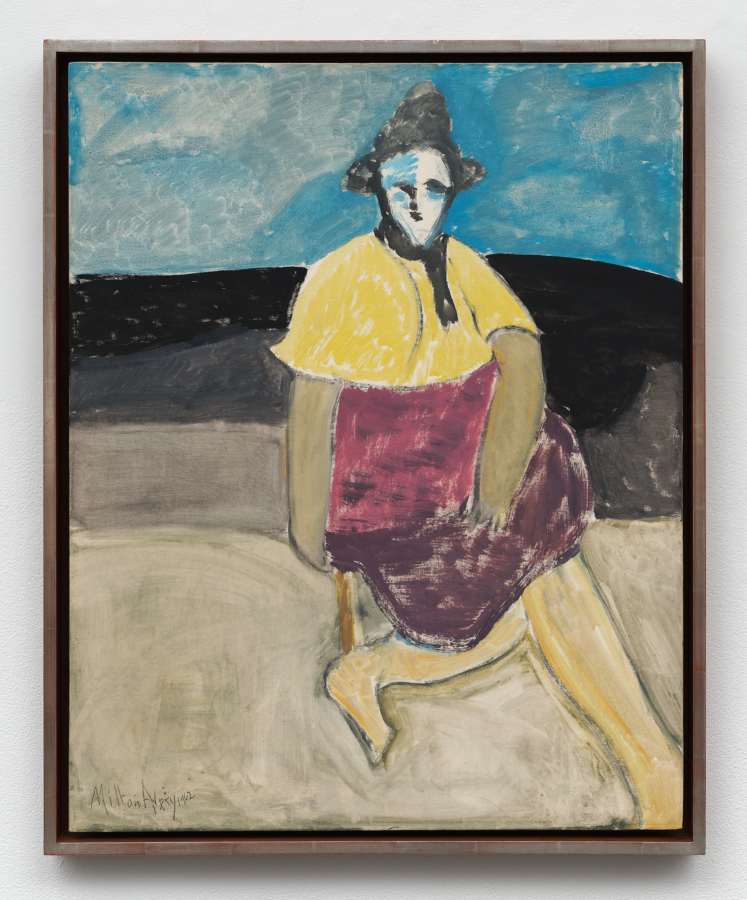November 7, 2024
View on T: The New York Times Style Magazine

Left: Peter McGough’s “The Letter C” (2008/2023). Right: McGough’s “The Letter E” (2008/2023). Credit: © Peter McGough, courtesy of the artist and Karma, New York
The American artist Peter McGough, who for four decades beginning in the early 1980s served as one half of the art duo McDermott and McGough, has long employed antiquated media and methods of photography. One of his favored techniques is cyanotype, a 19th-century invention in which objects or photographic negatives are placed against paper covered in photosensitive chemicals. When exposed to UV light, the paper turns a brilliant blue, with the image appearing in white negative space. This month, McGough’s first solo exhibition in New York at Karma Gallery in downtown Manhattan features 26 cyanotype prints, each depicting a letter of the Latin alphabet formed by either individuals or groupings of nude male models (both “M” and “W” required four sitters). Most models appear completely unadorned, though some sport floral crowns; rare props include a ribbon representing the upper arm of “T,” and two skulls placed at one model’s feet, creating the serif of an uppercase “I.” Though these are new images, cyanotypes require a lengthy exposure that results in imagery with a softly blurred quality reminiscent of 19th-century portraiture. To coincide with the exhibition, Karma is releasing a catalog of the suite of works, which is fittingly bound in blue linen. “Alphabet” is on view through Dec. 21, karmakarma.org.



